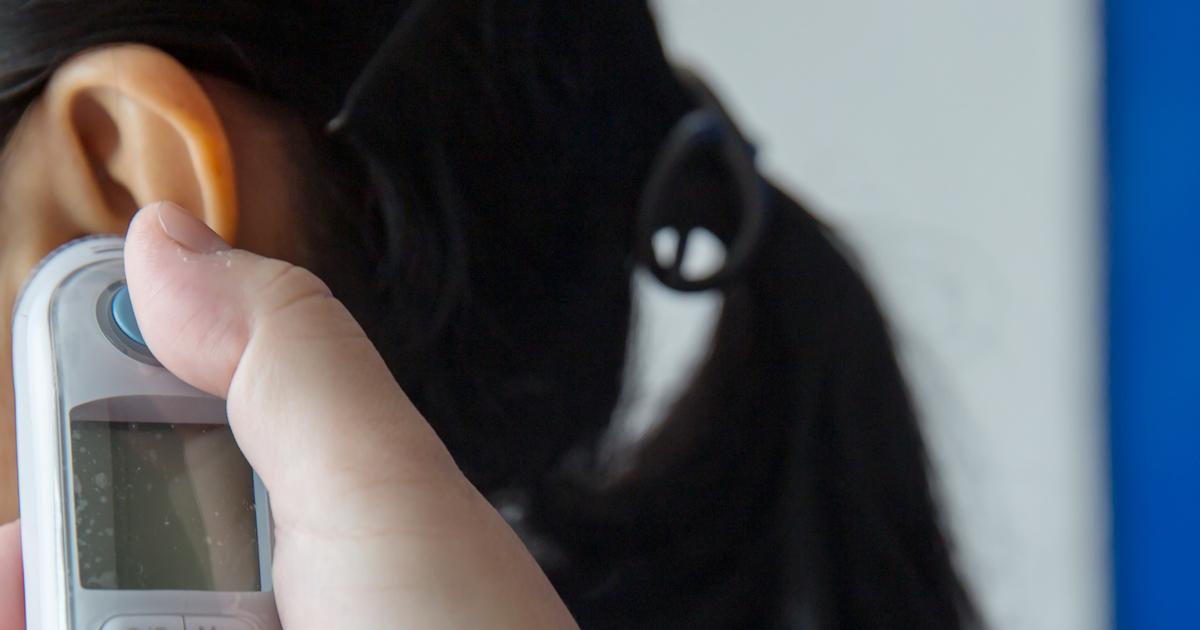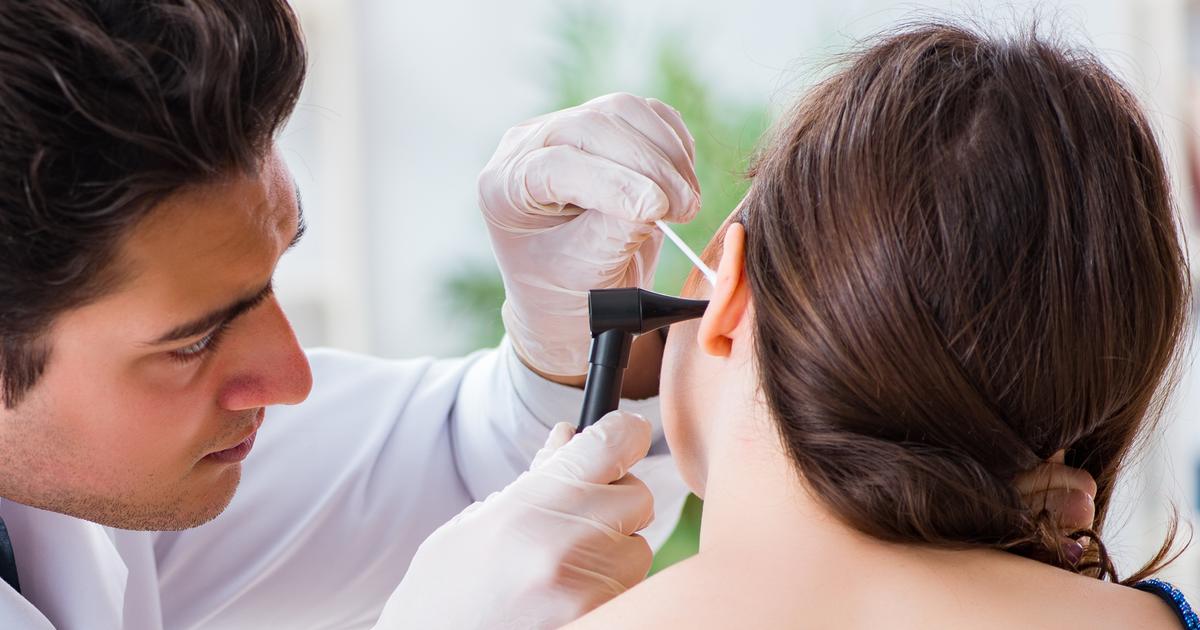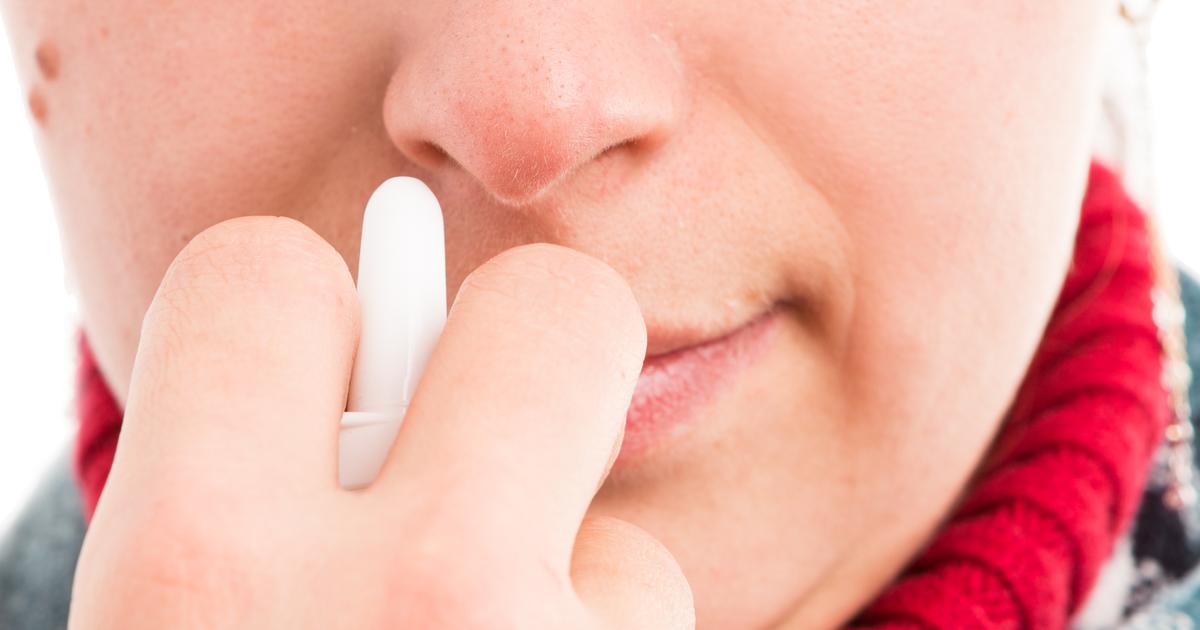Guide To Ear Infection Diagnosis And Treatment
Ear infections can affect the outer, middle, or inner ear, and they are most often caused by bacteria or viruses. Patients with this condition may experience an accumulation of fluid near the eardrum, which can cause swelling, moderate to severe pain, and drainage from the ear. Children with this condition may develop a fever, and headaches, loss of appetite, and fussiness are common. Both children and adults with ear infections typically have some degree of hearing loss, and an ear infection can increase the risk of a ruptured eardrum. Children under three years old are particularly susceptible to ear infections, and patients with weakened immune systems are also at an elevated risk. If left untreated, ear infections can lead to permanent hearing loss, mastoiditis, or tearing of the eardrum. Infants and children who have repeated ear infections might experience developmental delays.
Get familiar with how ear infections are diagnosed and treated now.
Pneumatic Otoscope

A pneumatic otoscope is a diagnostic tool used to determine if an individual has otitis media. This diagnostic examination procedure is commonly referred to as a pneumatic otoscopy. The tool includes a pneumatic head, and some practitioners also use a surgical head. The pneumatic head includes an enclosed light source, lens, and a nipple that allows for tubing and a rubber bulb to be attached. The design allows for a speculum to be fitted into the patient's external auditory canal, which produces an airtight chamber. When the tool's rubber bulb is gently squeezed and released in rapid succession, the practitioner can observe the degree of the eardrum's response to negative and positive pressure changes. Otitis media is the name for a group of diseases that cause inflammation of the middle ear. Two of the most common types are otitis media with effusion and acute otitis media. Acute otitis media is a type of infection that tends to come on with ear pain.
Read more about diagnosing and dealing with ear infections now.
Tympanometry

Tympanometry is a means for doctors to monitor and diagnose issues in the middle ear, including infections and inflammatory conditions. Most practitioners use tympanometry to diagnose issues that might cause hearing loss. Children are more likely to have tympanometry used as a diagnostic tool than adults. The object of a tympanometry test is to measure how the tympanic membrane moves when there are changes in pressure. This membrane separates the outer and middle ear. During a tympanometry test, a tympanogram is generated. This is a graph that measures the results. In addition to diagnosing middle ear infections, this diagnostic tool can be used to determine if there's fluid in the middle ear, a tear in the tympanic membrane, or an issue with the eustachian tube. Some practitioners will also do multiple tympanometries over several weeks or months to determine the fluid levels in a child's middle ear over time. The tympanometry test is an ideal diagnostic tool because it has no associated risks.
Get the details on treating ear infections after diagnosis now.
Observational Approach

Major pediatric organizations now recommend an observational approach to the treatment of ear infections for certain patients. Current guidelines state this approach should be considered as an option for children from six months to two years old who are having mild pain in one ear that has been present for less than forty-eight hours. The approach is also recommended for children over two years old who have had mild pain in one or both ears that has lasted for less than forty-eight hours. To use this treatment on children of any age, doctors must check the patient's temperature to ensure it is lower than 102.2 degrees Fahrenheit. Patients with fevers above this threshold will require different treatment. During observation, the child will be monitored at home by their parents, and a second examination should be completed by a doctor if symptoms do not improve after forty-eight hours.
Keep reading to uncover more treatments for ear infections now.
Anti-Inflammatory Pain Medication

Since ear infections may cause significant pain for some patients, doctors typically advise patients to take anti-inflammatory pain medication. Generally, over-the-counter medicines such as ibuprofen or naproxen are appropriate, and some patients may wish to take acetaminophen. Acetylsalicylic acid should only be taken by patients older than nineteen years old, as it can cause Reye's syndrome in younger individuals. In addition, ibuprofen is not recommended for use in children less than six months old.
When using an over-the-counter pain reliever, patients should always use the dosage recommended on the label. Doses for infants and children are based on weight. For example, a child who weighs forty-eight to fifty-nine pounds could take either one adult two hundred milligram ibuprofen tablet or four chewable fifty milligram tablets. Children who weigh ninety-six pounds and above can safely take two adult two hundred milligram ibuprofen tablets.
Ibuprofen may cause elevated blood pressure, nausea, dizziness, drowsiness, and diarrhea or constipation, and patients taking naproxen could develop stomach pain, a sensation of tightness in the chest, easy bruising, and breathing difficulties. Any new or worsening side effects should be reported to the patient's doctor as soon as possible.
Discover additional ways to treat an ear infection now.
Warm Compress

Patients with ear infections may find applying a warm compress to their ears helps to reduce pain. To make a compress, wet a washcloth with water as hot as possible while still being tolerable. After wringing out the cloth, place it over the affected ear, and keep it in place until it becomes cold. This process can be repeated with the other ear if needed. If a washcloth is not available, a hot water bottle or microwaveable gel pack can be used. These should be wrapped in a towel or cover to prevent burns. Some patients like to use anesthetic ear drops in conjunction with warm compresses for additional pain relief. If a warm compress does not provide relief, patients might want to try a cool compress instead. Patients who use compresses should continue to monitor their temperature and pain level. While a compress may feel soothing, any fever or pain that persists for more than forty-eight hours should be checked by a doctor.
Uncover more ways to treat an ear infection effectively now.
Course Of Antibiotics

A course of antibiotics may be necessary for patients with ear infections who meet specific criteria. For example, infants younger than six months old will typically be offered antibiotics without an initial observation period, and antibiotics will also be prescribed for children with moderate to severe pain. Antibiotics are frequently offered to adults with ear infections, as individuals in this age group tend to have more severe symptoms.
Antibiotics may be given orally, and some are available as ear drops. Amoxicillin is among the most commonly prescribed antibiotics used in the treatment of ear infections. Patients will usually be on antibiotics for five to ten days, and they may need to return to the doctor for a checkup after this period. While taking amoxicillin, patients could notice a skin rash, headaches, stomach pain, nausea, and diarrhea. Some individuals may develop swelling or blackening of the tongue, and vomiting could occur. Patients taking sulfa drugs, other antibiotics, or blood thinners should let their doctor know, as amoxicillin may interact with these medicines.
Get familiar with another option for treating an ear infection now.
Ear Tubes

Ear tubes may be considered for patients who struggle with repeated ear infections that have not responded to other treatments. Ear tubes allow fluid to drain from the ear, and they can prevent future ear infections and improve the patient's hearing. Ear tubes are placed during a surgical procedure that takes ten to fifteen minutes. In children, this operation is done with general anesthesia, though adults may sometimes be able to have this surgery with local anesthesia. After making a small hole in the eardrum, the surgeon will suction away any fluid. Next, they will put a small metal or plastic tube into the hole in the eardrum. This procedure does not require any stitches or cuts. Patients can go home after the operation, and they will have follow-up appointments to monitor their progress. Generally, ear tubes fall out on their own after six to eighteen months. If necessary, patients can have this procedure more than once.
Uncover additional treatment methods now.
Decongestants

It surprises some individuals to hear nasal decongestants and other similar medications can sometimes help treat an ear infection. These medications can be very effective, but only in the right circumstances. Some infections won't respond to them. A decongestant can help when there's congestion in the ear. This kind of congestion tends to happen when there's a lack of function or obstruction in one of the Eustachian tubes. Each tube runs from one ear, starting at the middle ear, to the nose, and it's responsible for equalizing pressure in the middle ear. A clogged Eustachian tube can lead to feelings of pressure and fullness in the ear. Some patients might also experience ear pain and muffled hearing. If individuals have a condition that affects the sinuses, it might also cause ear congestion. Some of the most common sinus conditions are sinus infections, seasonal allergies, and the common cold. It's also possible that changes in altitude or travel by air can cause problems with the Eustachian tubes, which might be solved by using decongestants.
Keep reading to learn more about various treatment options for ear infections now.
Ear Drops

Ear drops can be used for ear infections in both children and adults. When adults get ear infections, they tend to be more serious than those that appear in children. However, adults are also less likely to develop ear infections than children. Some ear drops are available over-the-counter, so patients don't have to see a doctor and obtain a prescription. These can treat mild cases of swimmer's ear, which are more likely to affect children than adults. Ear specialists also recommend creating ear drops at home. A popular mixture includes using equal parts white vinegar and rubbing alcohol. Putting a few drops of this into the ears helps dry the ear canal, which is vital when an ear infection is caused by wetness in the middle ear. If individuals have artificial ear tubes, any permanent eardrum injuries, or have undergone certain surgeries to the ears, they shouldn't use these drops. Patients should always consult a doctor if they're uncertain whether or not they should use ear drops to treat their ear infection.
Discover additional ways to treat an ear infection now.
Gargle With Saltwater

One natural remedy for an ear infection is to gargle with saltwater. The ears, nose, and throat are all connected more intricately than most individuals realize. This is why there are specific doctors called ENTs who specialize specifically in the ears, nose, and throat. Some ear pain might not be due to an infection in the ear itself, but may actually be related to soreness in the throat. If individuals have a sore throat in addition to their ear pain, they might be able to ease symptoms by gargling with warm saltwater. Experts recommend mixing eight ounces of warm water with one teaspoon of salt for gargling, though they note this water should never be swallowed. One important thing to know is children under six years old don't tend to know how to gargle properly. Because of this, parents shouldn't use a saltwater gargle technique with them, as they're more likely to swallow or aspirate the solution.